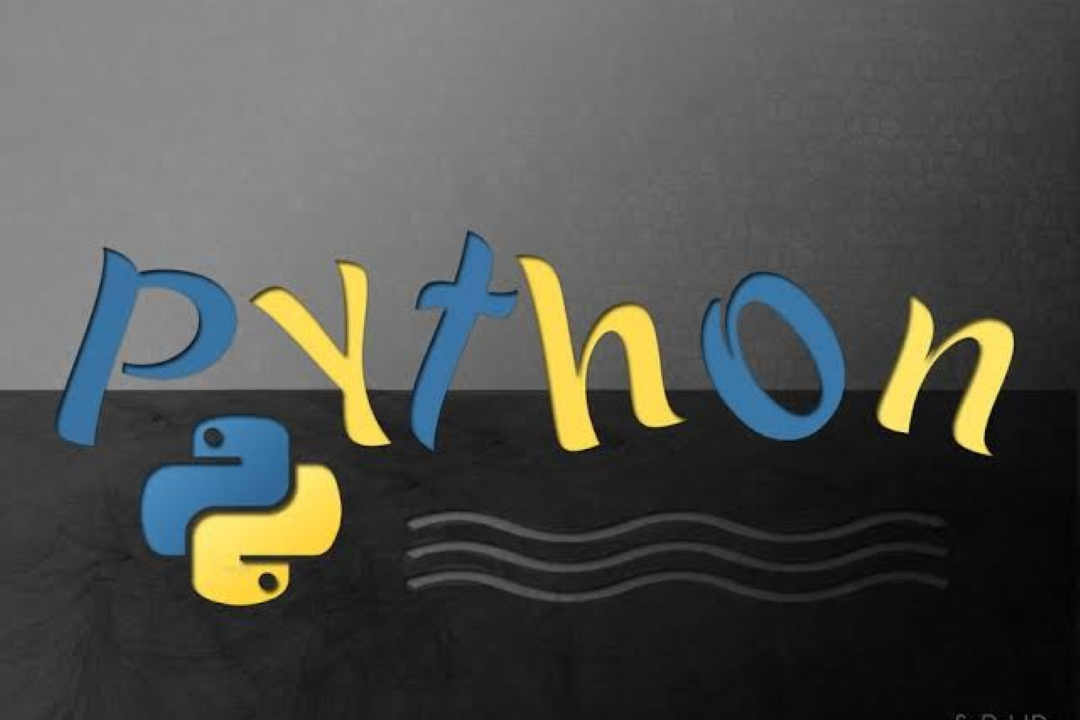What is List and Tuple in Python
List and Tuple in Python: A Quick Overview
What is List and Tuple in Python
In Python, lists and tuples are used to store multiple items in a single variable. Lists are mutable, meaning their elements can be changed after creation, while tuples are immutable, meaning their elements cannot be modified. Lists are useful for storing collections of data that may need to be updated, such as a list of names or numbers. Tuples are handy for grouping related data together, like coordinates or configuration settings, that should remain constant. Both lists and tuples offer a way to efficiently manage and organize diverse sets of information within a Python program.
To Download Our Brochure: https://www.justacademy.co/download-brochure-for-free
Message us for more information: +91 9987184296
1 - List and Tuple in Python:
Lists and tuples are two common data structures in Python used to store multiple elements.
2) Lists:
Lists are mutable, meaning you can change, add, or remove elements after the list is created.
Elements in a list are ordered and indexed, starting from 0.
Lists are created using square brackets [] and elements are separated by commas.
3) Tuples:
Tuples are immutable, meaning once created, elements cannot be changed, added, or removed.
Elements in a tuple are ordered and indexed, starting from 0.
Tuples are created using parentheses () and elements are separated by commas.
4) Similarities between Lists and Tuples:
Both can store heterogeneous data types (e.g., integers, strings, lists, tuples).
Both can be nested, meaning a list or tuple can contain other lists or tuples as elements.
5) Differences between Lists and Tuples:
Lists are mutable, while tuples are immutable.
Lists use square brackets [] for creation, while tuples use parentheses ().
6) Use Cases for Lists:
When you need to store a collection of items that may change over the course of the program.
For situations requiring elements to be added, removed, or modified frequently.
7) Use Cases for Tuples:
For data that should not be changed at any point during the program’s execution.
When you want to ensure data integrity or prevent accidental changes to the stored values.
8) Advantages of Lists:
Flexibility to modify elements as needed.
Ideal for situations where the data needs to be dynamic.
9) Advantages of Tuples:
Faster and more memory efficient compared to lists.
Data integrity is guaranteed since elements cannot be changed.
10) Training Program Overview:
The training program will cover the concepts of lists and tuples in Python.
Participants will learn how to create, access, and manipulate lists and tuples.
11) Program Objectives:
To familiarize students with the differences between lists and tuples.
To provide hands on practice for working with lists and tuples in Python.
12) Practical Exercises:
Participants will work on exercises to understand the mutable and immutable nature of lists and tuples.
They will be guided on using list comprehension and tuple unpacking techniques.
13) Applications in Real World Projects:
Students will explore real world scenarios where lists and tuples are used to store and manage data effectively.
Emphasis will be placed on selecting the appropriate data structure based on the requirements of a project.
14) Conclusion:
By the end of the training program, students will have a solid understanding of when to use lists and tuples in Python.
They will be equipped with the knowledge and skills to leverage these data structures effectively in their projects.
Browse our course links : https://www.justacademy.co/all-courses
To Join our FREE DEMO Session: Click Here
Contact Us for more info:
Ios App Development On Windows
Basic Manual Testing Interview Questions
Top 10 Software Testing Tools
Laravel Online Course
Software Testing Course Duration











